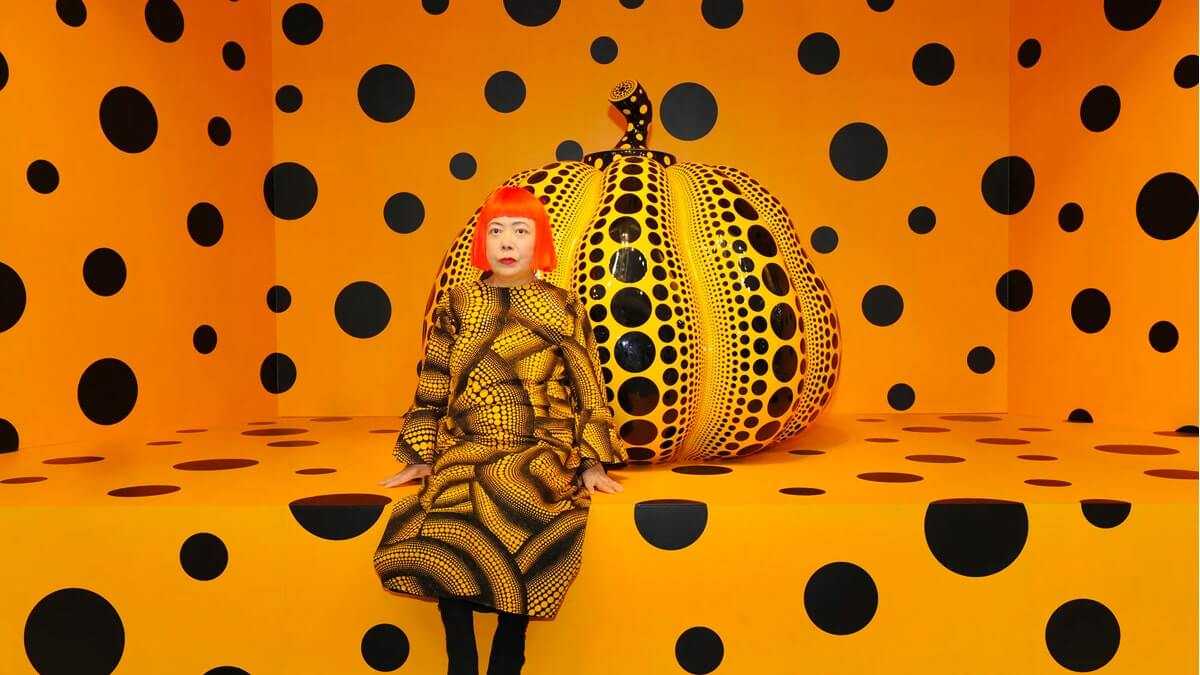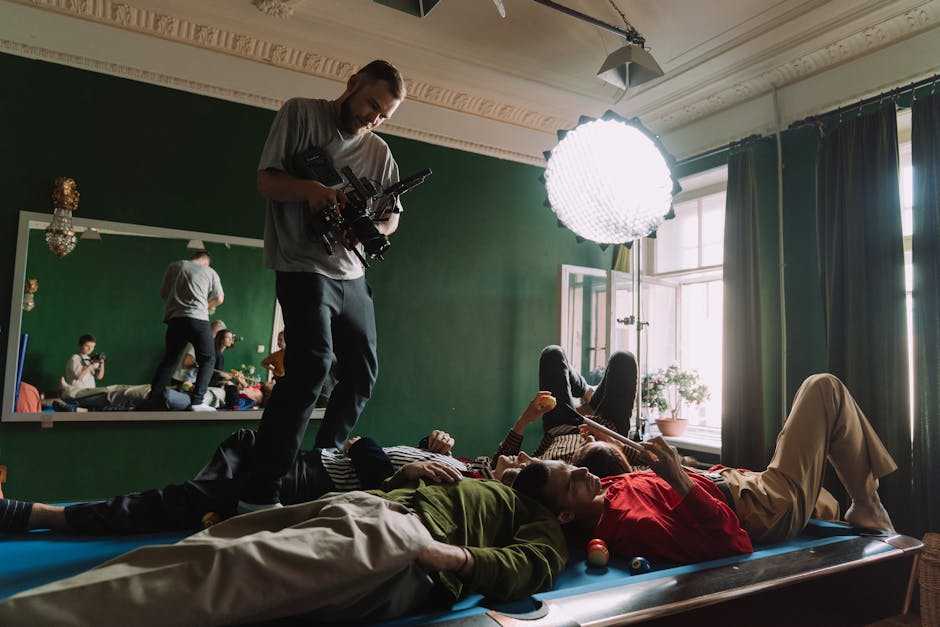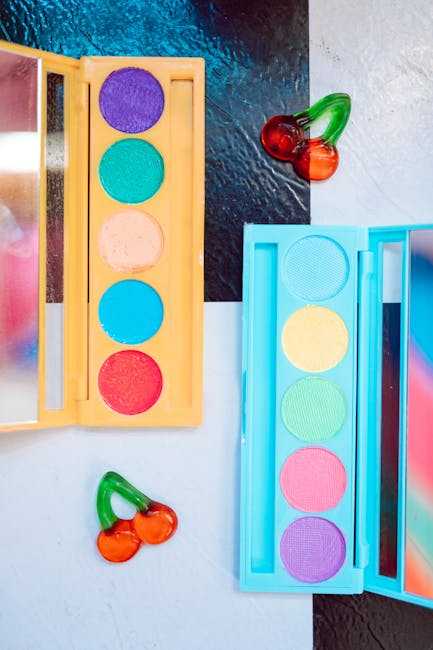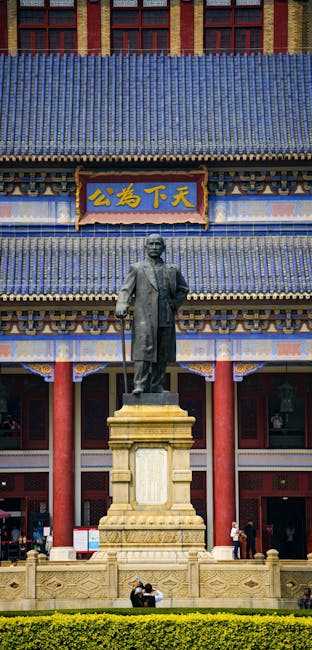Table of Contents
- Exploring the Emotional Impact of Yellow in Modern Art
- Key Modern Artists Who Utilize Yellow as a Central Theme
- Techniques and Mediums: How Yellow Transforms Contemporary Art
- Creating a Yellow Palette: Recommendations for Art Enthusiasts
- The Cultural Significance of Yellow in Todays Artistic Landscape
- Q&A
- Key Takeaways
Exploring the Emotional Impact of Yellow in Modern Art
Color has an undeniable power in art, and yellow stands out as a particularly vibrant choice that evokes a spectrum of emotions. In modern art, artists harness this color to convey feelings of joy, optimism, and warmth. Its bright hue not only captures attention but also instills a sense of energy in viewers. Artists like Vincent van Gogh and Mark Rothko have brilliantly employed yellow to explore these themes, transforming simple canvases into dynamic emotional landscapes. The way yellow interacts with other colors can enhance its impact, drawing audiences deeper into the artwork’s narrative.
Beyond just a visual element, yellow in modern art often symbolizes deeper psychological undertones. The color can represent happiness and enlightenment, but it may also harbor feelings of anxiety and caution—after all, it’s the color of warning signs. Artists like Piet Mondrian used yellow to create tension and balance within his compositions, demonstrating that emotional responses to color aren’t merely subjective; they can be studied and understood. This duality invites viewers to look beyond the surface and consider their personal associations with yellow.
In contemporary installations, yellow is frequently applied in innovative ways that challenge traditional boundaries. For instance, interactive pieces encourage audience participation, transforming the experience of yellow from a solitary emotion to a shared moment. Artists are experimenting with yellow in various mediums including sculpture and digital art, reflecting the modern human experience amidst global challenges. Such use showcases yellow’s versatility and enduring relevance, allowing it to adapt and resonate with contemporary themes, from societal optimism to personal introspection.


Key Modern Artists Who Utilize Yellow as a Central Theme
In the vibrant world of modern art, various artists have embraced the color yellow, weaving it into their narratives and inviting viewers to reflect on its significance. Yayoi Kusama, known for her immersive installations and polka dots, often uses yellow as a backdrop that symbolizes warmth and joy, contrasting sharply with darker themes. Her works, such as “Infinity Room“, create a unique space where yellow light envelops visitors, pushing them to confront their thoughts against a dazzling and disorienting visual experience.
Another prominent figure is Frank Stella, whose geometric abstraction leads to fascinating explorations of color. Stella’s use of yellow in works like the “Protractor Series” not only attracts the eye but also invites deeper interpretation. The intersection of bold lines and bright yellow shades emphasizes structure while simultaneously fostering a sense of movement, showcasing the dynamic capabilities of this hue in reinforcing emotional responses in viewers.
Mark Rothko, a pioneer of color field painting, frequently employed yellow as a means of spiritual and emotional engagement. His large canvas compositions, such as “Yellow and Orange“, exemplify how layers of color can evoke profound feelings, ranging from serenity to contemplation. Rothko’s commitment to minimalism shifts the viewer’s focus to the relationship between colors and how yellow serves as a bridge between other hues, exuding luminosity and depth.


Techniques and Mediums: How Yellow Transforms Contemporary Art
In the realm of contemporary art, yellow stands out as a powerful color that evokes emotion, stimulates the senses, and captivates audiences. Artists utilize various techniques and mediums to unleash the vibrant energy of yellow, creating compelling visual narratives. Acrylic paint, for instance, allows for dynamic layering, producing a luminous effect that brings yellow to life. When combined with techniques like glazing, where transparent layers of color are added, the underlying warmth of the hue can radiate through the composition.
Another popular choice is mixed media, which enables artists to explore the depths of yellow in innovative ways. By incorporating materials such as paper, textiles, or even found objects, creators infuse their work with texture and dimension. This approach not only enhances the physical presence of yellow but also enriches the overall experience, allowing viewers to engage with the piece on multiple levels. Artists often pair yellow with contrasting colors, using techniques like color blocking to create striking visual tension that draws the eye.
A pivotal aspect of showcasing yellow is the contextual environment in which it is displayed. Whether it’s a gallery or an outdoor installation, the surrounding light plays a crucial role in how yellow is perceived. Colors can shift and transform based on the medium and setting. Here’s a brief overview of how different mediums interact with yellow:
| Medium | Effect on Yellow | Best Use Case |
|---|---|---|
| Acrylic | Vibrant, opaque layer | Luminous abstracts |
| Watercolor | Soft, translucent washes | Delicate landscapes |
| Mixed Media | Textural depth | Experimental pieces |
| Oil Paint | Rich, glowing finish | Classical portraits |


Creating a Yellow Palette: Recommendations for Art Enthusiasts
When working with a yellow palette, it’s essential to understand the emotional impact that different shades can have on your artwork. Vibrant yellows evoke feelings of happiness and energy, making them perfect for subjects that celebrate life, such as landscapes and abstract expressions. On the other hand, muted yellows lend a more subtle touch, ideal for capturing a sense of nostalgia or warmth. Whether you choose a bright lemon or a soft butter hue, your choice of yellow can set the mood of the entire piece.
To create a balanced and harmonious artwork, consider incorporating complementary colors that can enhance your yellow choices. Here are some suggestions for effective combinations:
- Yellow and Purple: This combo provides a striking contrast that grabs attention.
- Yellow and Grey: A modern pairing that adds sophistication and warmth.
- Yellow and Blue: This combination brings a sense of tranquility, reminiscent of sunny skies.
Additionally, exploring different techniques such as glazing can help to achieve depth in your yellow tones. A glazing technique involves layering transparent colors over dried paint to create a luminous effect. Consider a table of yellow hues for reference, showcasing their unique properties:
| Shade | Emotion | Usage |
|---|---|---|
| Canary Yellow | Joy | Accents in abstract art |
| Goldenrod | Warmth | Landscapes and portraits |
| Pastel Yellow | Calm | Backgrounds and soft features |


The Cultural Significance of Yellow in Todays Artistic Landscape
Yellow, often described as the hue of optimism and vitality, has carved a niche for itself in the contemporary artistic landscape. This vibrant color acts as a conduit for emotion, not only stimulating the senses but also evoking feelings of warmth and happiness. Artists harness its transformative power to convey a plethora of messages, from personal introspection to social commentary, making yellow an essential element of modern expression. It serves as a focal point in many artworks, drawing the viewer’s attention and setting the tone for the narrative.
The cultural implications of yellow extend beyond mere aesthetics; they inspire dialogue around societal issues and evoke a sense of belonging or discomfort. In various cultures, yellow can symbolize hope, enlightenment, or even caution. Today’s artists utilize these associations, often melding traditional meanings with contemporary themes. For example, in urban street art, yellow can signify resilience and renewal, as seen in murals that celebrate community strength against adversity. Through this lens, the color becomes not just an artistic choice but a significant statement on collective identity.
As yellow persists in its evolution within the art world, its representation can often spark discussions surrounding mental health and wellness. It is frequently linked to creativity and intellect, encouraging introspection and reflection. The following table outlines notable contemporary artists who have embraced yellow in their work, illustrating the color’s multifaceted role:
| Artist | Style | Notable Work |
|---|---|---|
| Yayoi Kusama | Installation/Conceptual | Infinity Mirror Rooms |
| Mark Rothko | Abstract Expressionism | Yellow Center |
| Henri Matisse | Fauvism | The Snail |
This symbolic versatility is paramount in understanding how yellow, in its brilliance, continues to influence modern art. As artists redefine their creative boundaries, the color not only enhances visual narratives but also enriches cultural conversations that resonate deeply with contemporary audiences.
Q&A
Q&A: Exploring “Modern Art Yellow” Q1: What is ”Modern Art Yellow”? A1: “Modern Art Yellow” refers to the use of the color yellow within contemporary art, where it often symbolizes various themes such as optimism, energy, and innovation. Artists utilize this vibrant hue to evoke emotion and draw attention, making it a compelling element in modern compositions.Q2: Why is yellow significant in modern art? A2: Yellow is significant in modern art due to its psychological impact. It’s associated with brightness and cheerfulness, but can also convey caution or provoke anxiety. This duality allows artists to explore complex emotions and narratives, making yellow a versatile and powerful tool in their palettes.
Q3: Can you name some notable artists who have used yellow in their modern works? A3: Absolutely! Artists like Vincent van Gogh famously used yellow to capture sunlight and vitality in his paintings, while contemporary figures like Mark Rothko and Yayoi Kusama have integrated yellow into their works to create immersive experiences. Their unique interpretations reflect personal and cultural sentiments surrounding the color.
Q4: How does “Modern Art Yellow” differ from traditional uses of yellow in art? A4: In traditional art, yellow often served more symbolic or representational roles, such as indicating light or gold. In contrast, “Modern Art Yellow” is used more abstractly and conceptually. Contemporary artists manipulate yellow’s vibrancy to challenge perceptions, provoke interaction, and communicate deeper themes beyond the visual.
Q5: What emotions or themes should viewers look for when they see yellow in modern art? A5: When encountering yellow in modern art, viewers should be attuned to a spectrum of emotions and themes such as joy, creativity, caution, or even discomfort. The artist’s intent, along with the context of the piece, plays a significant role in how the color influences the viewer’s experience and interpretation.
Q6: How can someone incorporate “Modern Art Yellow” into their own artistic practice? A6: To incorporate “Modern Art Yellow” in your art, start by embracing its emotional range. Experiment with yellow in various mediums—whether it’s painting, sculpture, or digital arts—while exploring its interactions with other colors. Use it to elicit specific feelings or concepts, and don’t shy away from contrasting it with darker shades to enhance its vibrancy and impact.
Q7: Where can one find exhibitions or works highlighting “Modern Art Yellow”? A7: Many modern art galleries and museums feature exhibitions that celebrate colors and their significance in contemporary works. Keep an eye on collections in renowned institutions like the Museum of Modern Art (MoMA) in New York or the Tate Modern in London. Additionally, local galleries often showcase emerging artists, providing platforms where “Modern Art Yellow” might take center stage. — This Q&A aims to shed light on the intriguing concept of “Modern Art Yellow,” inviting both art enthusiasts and casual observers to explore its significance further.
